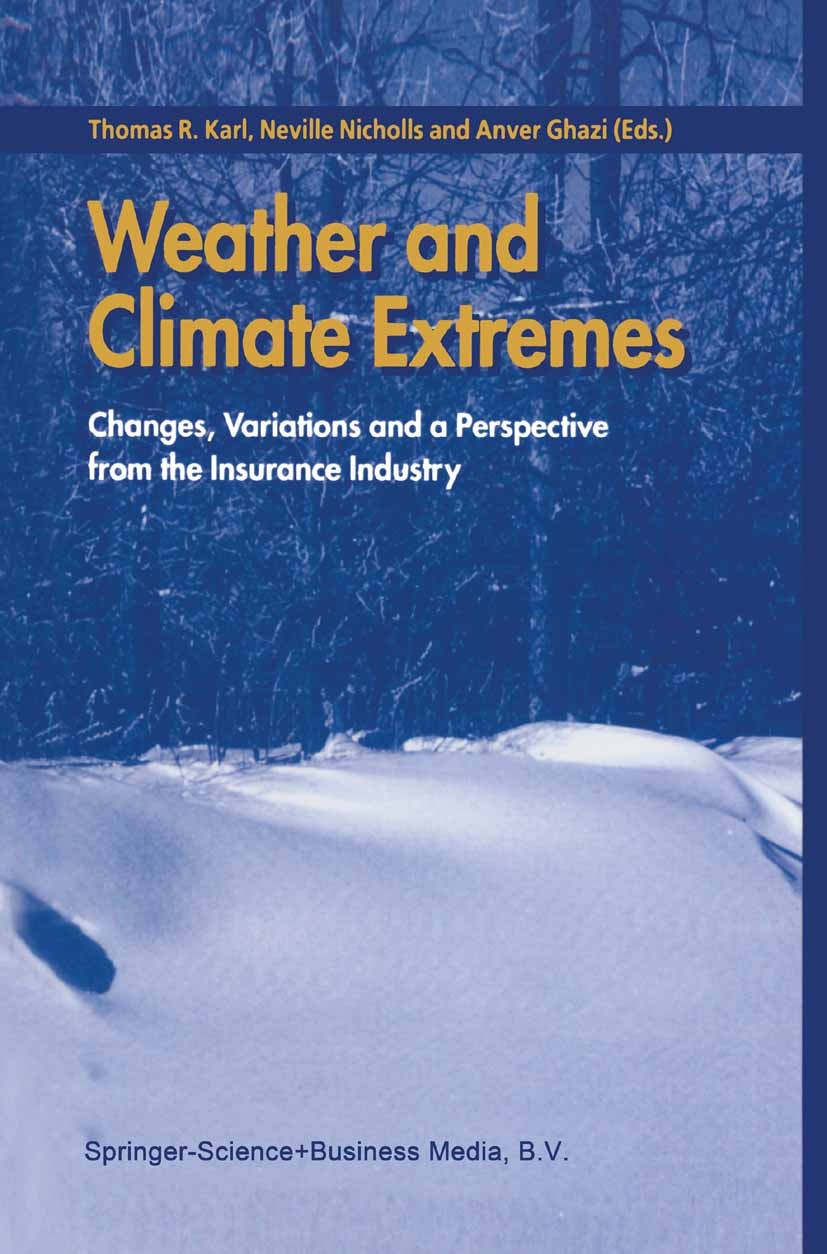2种SSP情景下青藏高原平均和极端气候的动力降尺度预估
IF 6.9
1区 地球科学
Q1 METEOROLOGY & ATMOSPHERIC SCIENCES
引用次数: 0
摘要
青藏高原因其对全球气候变化的敏感性和未来全球变暖的影响而一直受到人们的关注。本研究采用天气研究与预报(WRF)模式,在第六次耦合模式比对项目(CMIP6)的三个全球模式驱动下,研究了青藏高原未来的平均和极端气候变化。与全球模式相比,WRF的历史模拟(1995-2014)更准确地再现了温度、降水和极端气候的空间分布。预估结果表明,到21世纪中期,在SSP1-2.6和SSP5-8.5条件下,青藏高原平均气温将分别上升1.27°C和1.91°C,其中秋季升温幅度最大。预计西部高原将比东部更温暖。在SSP5-8.5情景下,青藏高原上空的降水预计将增加5%-10%,特别是西北部和中东部地区,冬季降水将增加10%以上。预计极端高温事件的频率和强度将增加,而极端低温事件将减少和减弱。极端强降水事件的强度和频率也将增加,主要集中在高原西部和东南部。预计青藏高原北部,特别是柴达木盆地的干旱事件将变得不那么严重。WRF模拟与全球模式在季节和情景依赖变化方面的差异强调,区域模式捕捉到更精细的区域气候细节,并揭示了全球模式的局限性。因此,在评估气候影响和制定适应战略时考虑这些差异至关重要。本文章由计算机程序翻译,如有差异,请以英文原文为准。
Dynamical downscaling projections of mean and extreme climate over the Tibetan Plateau under 2 SSP scenarios
The Tibetan Plateau (TP) has consistently garnered attention due to its sensitivity to global climate change and the implications of future global warming. This study employs the Weather Research and Forecasting (WRF) model, driven by three global models from the Sixth Coupled Model Intercomparison Project (CMIP6), to investigate future mean and extreme climate changes over the TP. WRF's historical simulation (1995–2014) more accurately reproduces the spatial distribution of temperature, precipitation, and climate extremes compared to global models. Projections suggest that by mid-21st century, under SSP1-2.6 and SSP5-8.5, the TP's average temperature will rise by 1.27 °C and 1.91 °C, respectively, with autumn experiencing the most warming. The western plateau is expected to warm more than the eastern part. Precipitation over the TP is expected to increase, especially in the northwest and central-east regions, by 5%–10%, with winter precipitation increasing by more than 10% under the SSP5-8.5 scenario. Extreme high-temperature events are projected to increase in frequency and intensity, while extreme low-temperature events are expected to decrease and weaken. The intensity and frequency of extreme heavy precipitation events are also expected to rise, mainly in the western and southeastern plateau. Drought events are projected to become less severe in north TP, especially in the Qaidam Basin. The differences between WRF simulations and global models in seasonal and scenario-dependent changes underscore that regional models capture finer regional climate details and reveal limitations in global models. Hence, it is crucial to consider these differences when assessing climate impacts and developing adaptation strategies.
求助全文
通过发布文献求助,成功后即可免费获取论文全文。
去求助
来源期刊

Weather and Climate Extremes
Earth and Planetary Sciences-Atmospheric Science
CiteScore
11.00
自引率
7.50%
发文量
102
审稿时长
33 weeks
期刊介绍:
Weather and Climate Extremes
Target Audience:
Academics
Decision makers
International development agencies
Non-governmental organizations (NGOs)
Civil society
Focus Areas:
Research in weather and climate extremes
Monitoring and early warning systems
Assessment of vulnerability and impacts
Developing and implementing intervention policies
Effective risk management and adaptation practices
Engagement of local communities in adopting coping strategies
Information and communication strategies tailored to local and regional needs and circumstances
 求助内容:
求助内容: 应助结果提醒方式:
应助结果提醒方式:


